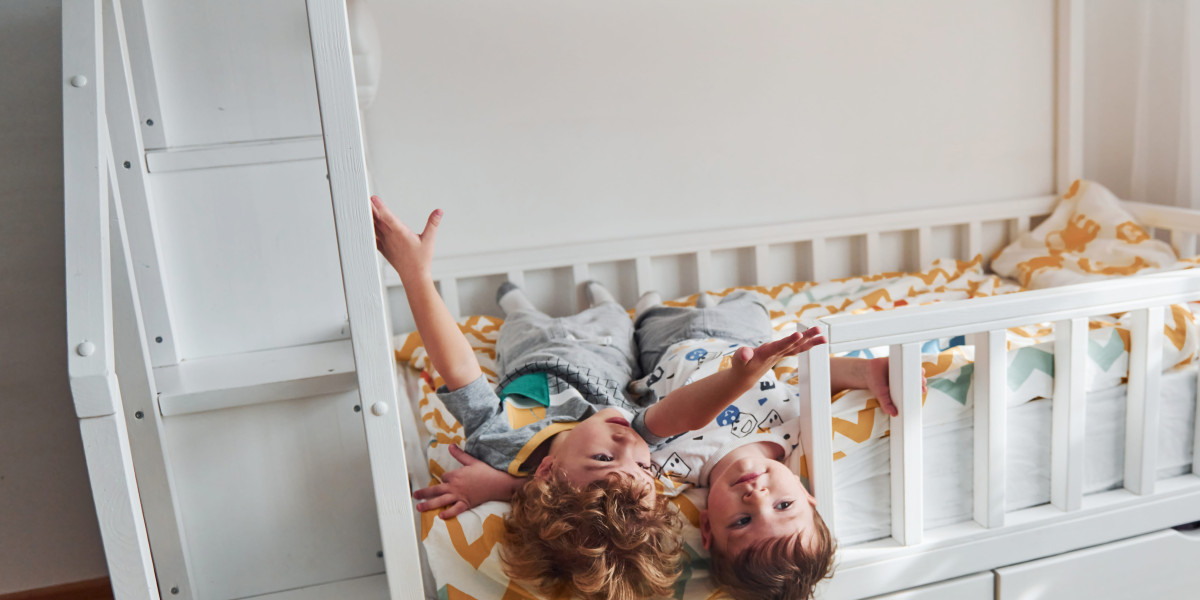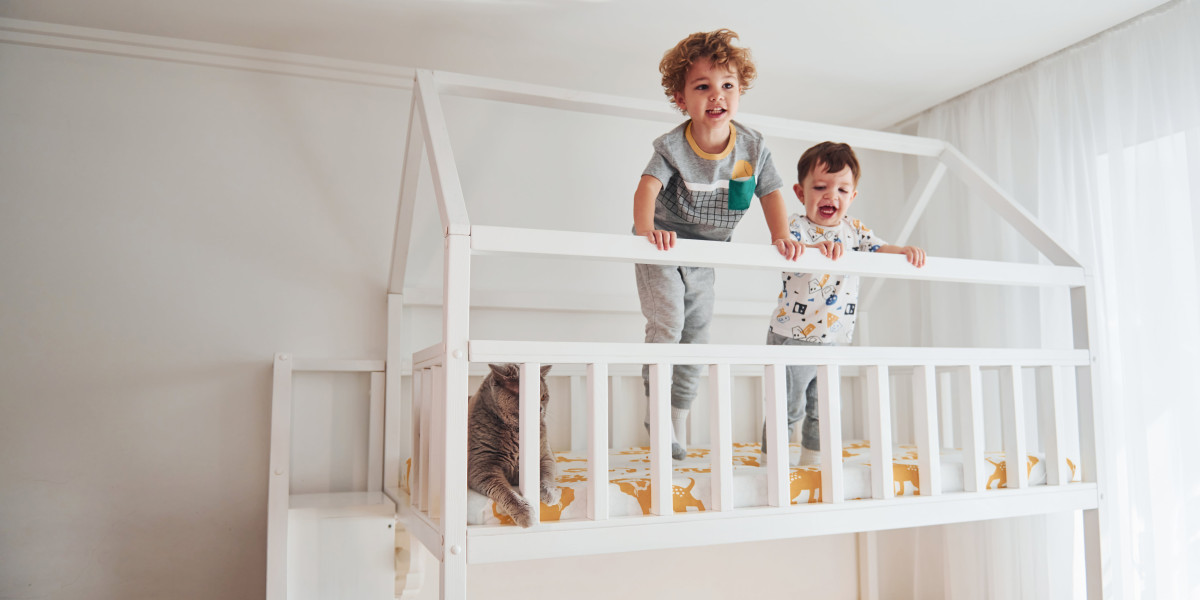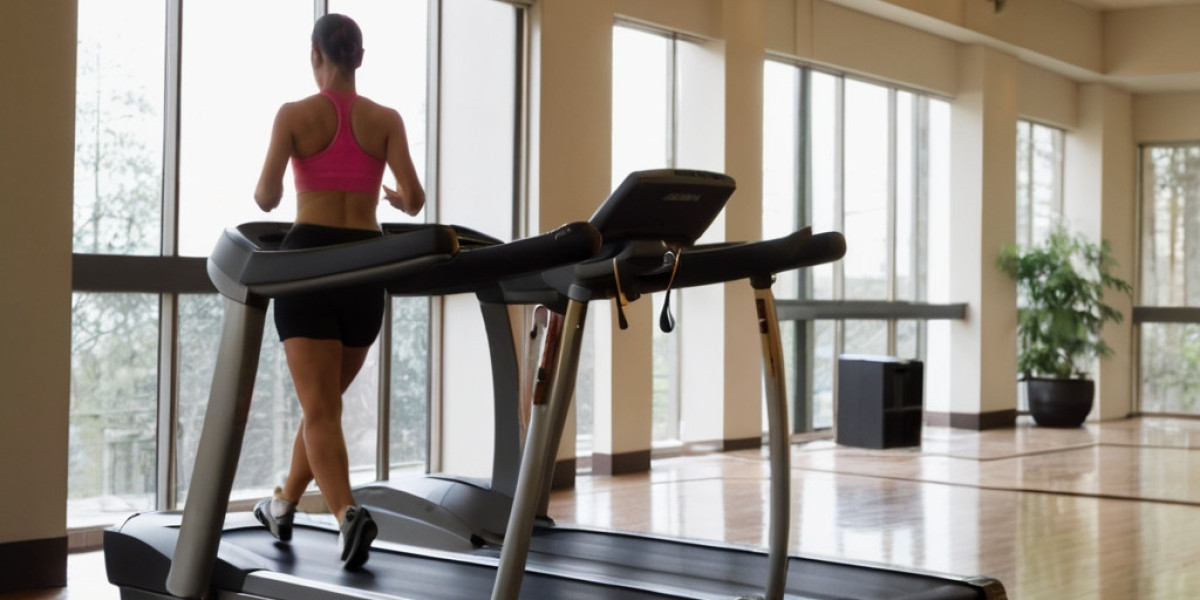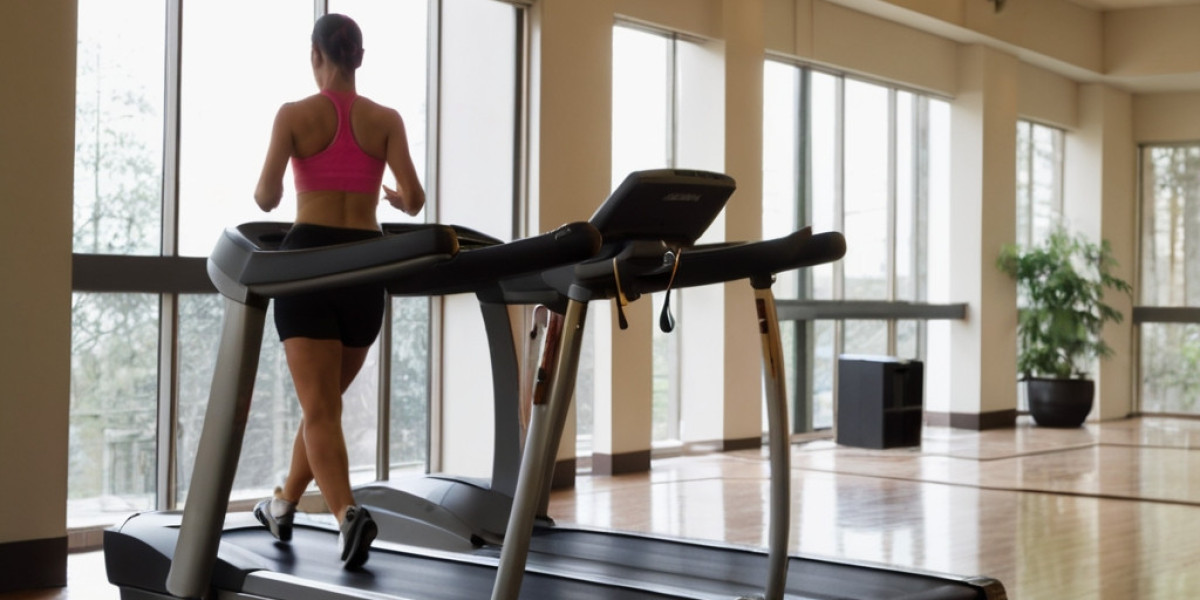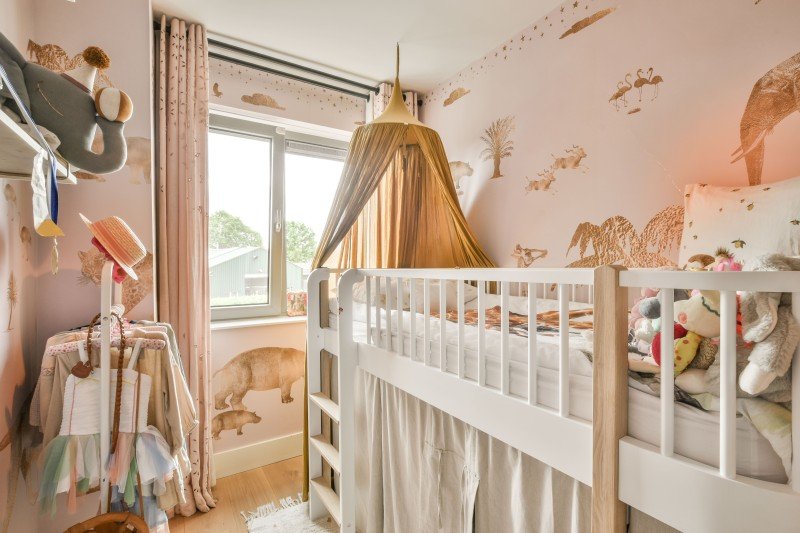
The Ultimate Guide to Bunk Beds for Children: Safety, Styles, and Benefits
When it concerns styling a kid's room, parents frequently face the dual challenge of maximizing space while making sure comfort and functionality. Bunk beds have actually become a popular service that attends to these needs, using not just sleeping arrangements however also adding to a room's visual. In this comprehensive guide, we will explore various aspects of children's bunk beds, concentrating on their advantages, security functions, designs, and considerations for parents considering this purchase.
Table of Contents
- Benefits of Bunk Beds
- Security Features to Consider
- Kinds Of Bunk Beds
- Style and Style Options
- Maintenance Tips
- Often Asked Questions (FAQs)
1. Benefits of Bunk Beds
Bunk beds Children's beds use various benefits for kids and their moms and dads. Here are some crucial benefits:
Space-Efficiency: Bunk beds are an excellent solution for smaller spaces. By stacking one bed on top of another, more flooring space is readily available for play, storage, or research study locations.
Cost-efficient: When kids share rooms, bunk beds can decrease the requirement for buying two different beds, hence saving cash.
Fosters Social Interaction: Bunk beds can assist siblings or buddies bond by sharing a space, developing opportunities for social advancement.
Enjoyable Factor: The idea of sleeping "up high" adds a lively aspect to bedtime, making the transition to sleeping alone much easier for some kids.
Versatile Design: childrens bunk beds beds come in numerous styles, colors, and creates to match any space style, permitting customization that shows the kid's character.
2. Safety Features to Consider
Safety is critical when it comes to children's furnishings, especially when it comes to bunk beds. Here are some important safety functions to assess:
| Safety Feature | Description |
|---|---|
| Durable Construction | Frames made from strong wood or metal are preferred. |
| Guardrails | Must be at least 5 inches high and extend along both sides of the upper bunk. |
| Ladder Design | Guarantee ladders are firmly connected and have non-slip steps. |
| Mattress Size & & Fit | Must fit comfortably within the frame to prevent spaces. |
| Weight Limit | Constantly adhere to the maker's weight limitation recommendations. |
3. Types of Bunk Beds
Bunk beds are available in numerous designs, catering to various requirements, preferences, and room sizes. Here are some typical types:
Standard Bunk Bed: The a lot of basic type, with one bed on top of another.
Loft Bed: Features a high upper bed with space beneath for a desk or play area.
Futon Bunk Bed: Combines a top bunk bed sales with a futon on the bottom, providing versatility for seating and sleeping.
L-Shaped Bunk Bed: This style has the leading bunk set at a perpendicular angle to the bottom, creating a little corner location.
Triple Bunk Bed: Accommodates 3 children using stacked beds, ideal for large families or pajama parties.
4. Design and Style Options
When it pertains to selecting a style for children's bunk beds, the options are virtually limitless. Here are some popular designs:
Traditional Style: Often made of wood, these bunk beds include ornate details and are perfect for traditional or rustic-themed spaces.
Modern Style: Characterized by tidy lines and minimalist styles, contemporary bunk beds can be made of metal or wood.
Themed Bunk Beds: Some brands provide bunk beds formed like castles, vehicles, or play houses, making bedtime less of a task.
Convertible Bunk Beds: These can be separated into two specific beds, providing flexibility as kids grow.
Colorful Options: sale bunk beds beds in vibrant colors can include a sense of joy and playfulness to any room.
5. Upkeep Tips
Preserving a bunk bed is essential for durability and safety. Here are some tips:
Regular Inspections: Check for loose screws or bolts every couple of months and tighten them as needed.
Cleaning up: Wipe down frames regularly to avoid dust build-up; think about utilizing a vacuum for hard-to-reach areas.
Bed mattress Care: Rotate bed mattress regularly and utilize protective covers to lengthen their life.
Look for Wear and Tear: Look for any signs of damage in the wood or metal and consider changing parts if needed.
Teach Kids Safety Rules: Encourage children to use ladders appropriately and guarantee they understand the security features of their bed.
6. Often Asked Questions (FAQs)
Q1: What age is appropriate for oversleeping a top bunk?
A1: Typically, kids aged 6 and older are suggested for upper bunk sleeping, as they have the needed motor abilities to climb securely.
Q2: Do bunk beds feature a bed mattress?
A2: Most bunk beds are offered as frames just, so you will require to buy mattresses independently. Ensure that the bed mattress fits the frame comfortably.
Q3: Can bunk beds be separated later on?
A3: Many designs enable conversion into 2 private beds, providing versatility for future needs.
Q4: How can I guarantee my child's safety on a bunk bed?
A4: Comply with safety requirements and ensure guardrails, a durable frame, and a secured ladder remain in location.
Q5: Are there weight limits on bunk beds?
A5: Yes, constantly check the manufacturer's specifications regarding weight limits to ensure safety.
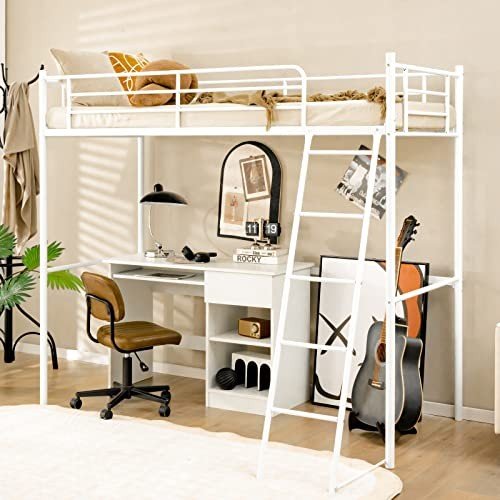
Bunk beds for children can serve several purposes while making sure security and design. With varied designs and models offered on the marketplace, parents can discover an unit that not only maximizes bed room space however also reflects their child's distinct tastes. Similar to any furniture, comprehending security features, upkeep, and how they fit into a kid's lifestyle will make sure that these beds remain a useful furniture solution for many years to come.
Through cautious factor to consider and adherence to safety standards, bunk beds can supply a lasting, fun, and practical sleeping solution that children like.
